1. Howard Johnson’s
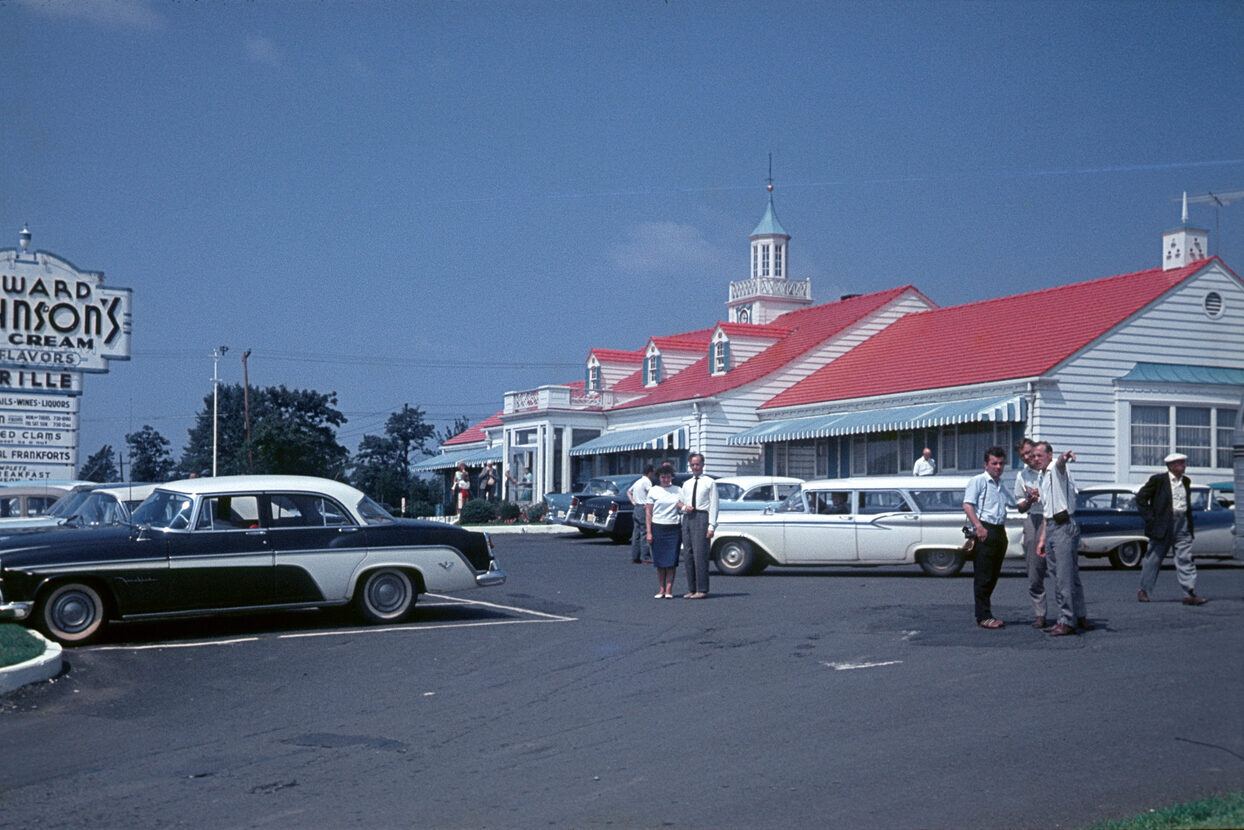
Once an icon of American dining, Howard Johnson’s was the go-to spot for family road trips from the ’50s to the ’80s. Known for its orange roofs, clam strips, and ice cream with 28 flavors, it was practically a roadside institution. At its peak, HoJo’s had over 1,000 locations across the U.S. offering affordable comfort food in a friendly, sit-down setting. As fast food chains like McDonald’s and Burger King rose to power, Howard Johnson’s struggled to compete with the new quick-service model. Today, there’s only one surviving location in Lake George, New York—a nostalgic time capsule for those who remember its heyday.
2. Red Barn

Red Barn was a quirky fast-food chain known for its barn-shaped buildings and giant burgers. It stood out in the ’60s and ’70s with its “Big Barney” burger and fried chicken, attracting families looking for a quick, hearty meal. Despite its charm and loyal customer base, Red Barn struggled to compete with larger chains like McDonald’s and Burger King. By the mid-’80s, most locations had closed, leaving behind only nostalgic memories of its bright red buildings and tasty menu.
3. Chi-Chi’s
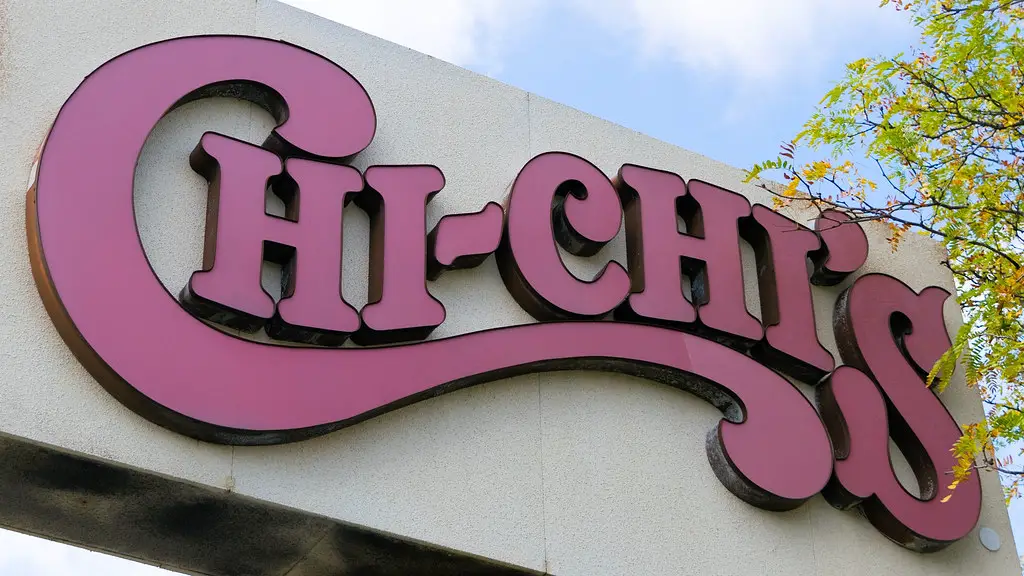
If you were craving Tex-Mex in the ’80s or early ’90s, Chi-Chi’s was the spot. Known for its oversized chimichangas, sizzling fajitas, and lively atmosphere, it was a popular destination for birthdays and family dinners. Chi-Chi’s peaked with over 200 locations, primarily in the Midwest and East Coast. Unfortunately, a major hepatitis outbreak tied to its green onions in 2003 delivered the final blow. It closed its U.S. restaurants soon after, though the brand still survives in Europe and Asia as a licensing venture. For many, Chi-Chi’s remains synonymous with margaritas and fun-filled nights.
4. Kenny Rogers Roasters
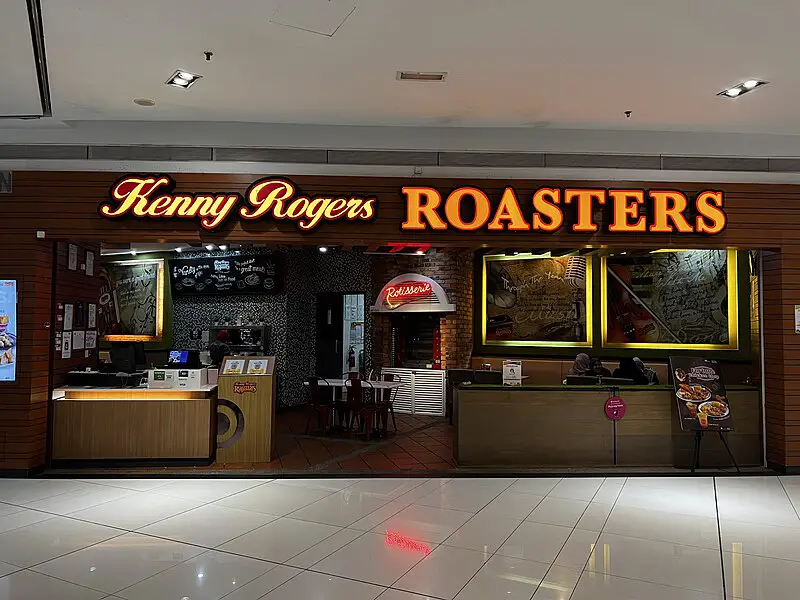
Founded by country music legend Kenny Rogers, Kenny Rogers Roasters brought the rotisserie chicken craze to the ’90s dining scene. With a focus on wholesome meals—rotisserie chicken paired with sides like corn muffins and coleslaw—it attracted families looking for healthier fast-food options. Despite being featured in pop culture (remember the famous Seinfeld episode?), it couldn’t sustain its success in the U.S. due to intense competition from KFC and Boston Market. While American locations closed, the brand remains wildly popular in parts of Asia, particularly the Philippines. Kenny Rogers may have “left the building,” but his roasted chicken legacy lives on.
5. Gino’s Hamburgers
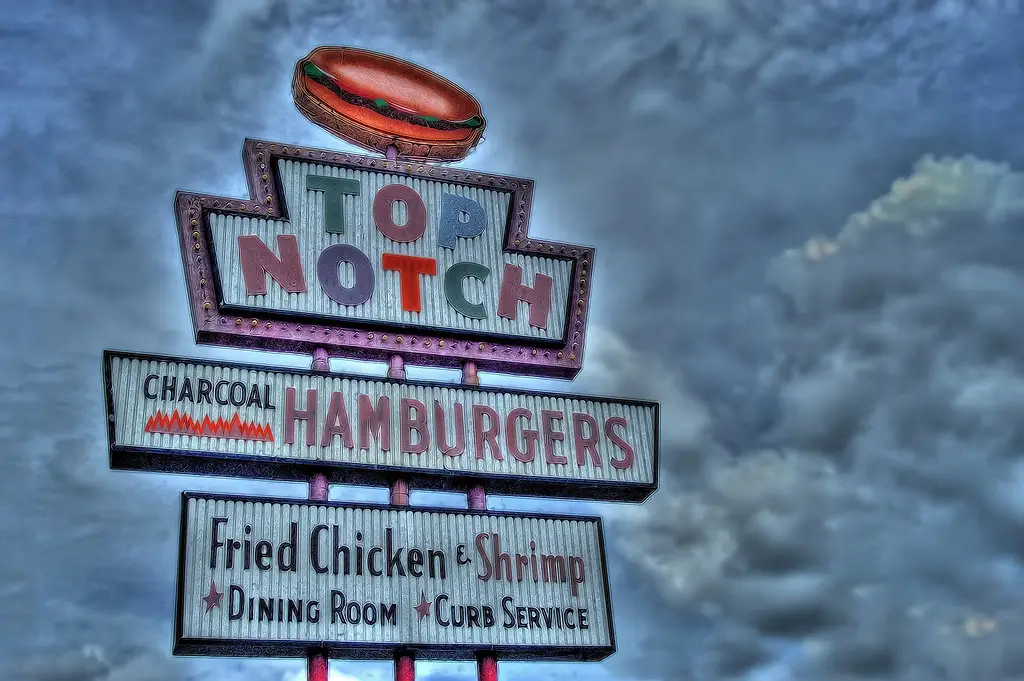
Before fast food giants took over, Gino’s Hamburgers was a beloved East Coast favorite in the ’60s and ’70s. Founded by Baltimore Colts football player Gino Marchetti, it specialized in burgers, fried chicken, and a nostalgic hometown vibe. Gino’s was also one of the first chains to franchise Roy Rogers, adding more star power to its menu. By the ’80s, the company was sold, and most locations were converted into Roy Rogers or other fast-food spots. Though a few modern Gino’s have popped up in recent years, it’s still mostly a fond memory for those who grew up with it.
6. Sambo’s

Sambo’s started as a pancake house in the late ’50s and grew to over 1,100 locations nationwide. Its affordable breakfasts, retro diner vibe, and catchy name (which tied into a controversial children’s book) made it a staple for road travelers and families. However, as the brand expanded, the name drew increasing criticism for its cultural insensitivity. By the early ’80s, protests and boycotts led to its decline, and most locations were rebranded or shuttered. Only one original Sambo’s remains, located in Santa Barbara, though even it has since changed its name. A relic of its era, Sambo’s represents both nostalgia and a cautionary tale.
7. Steak and Ale
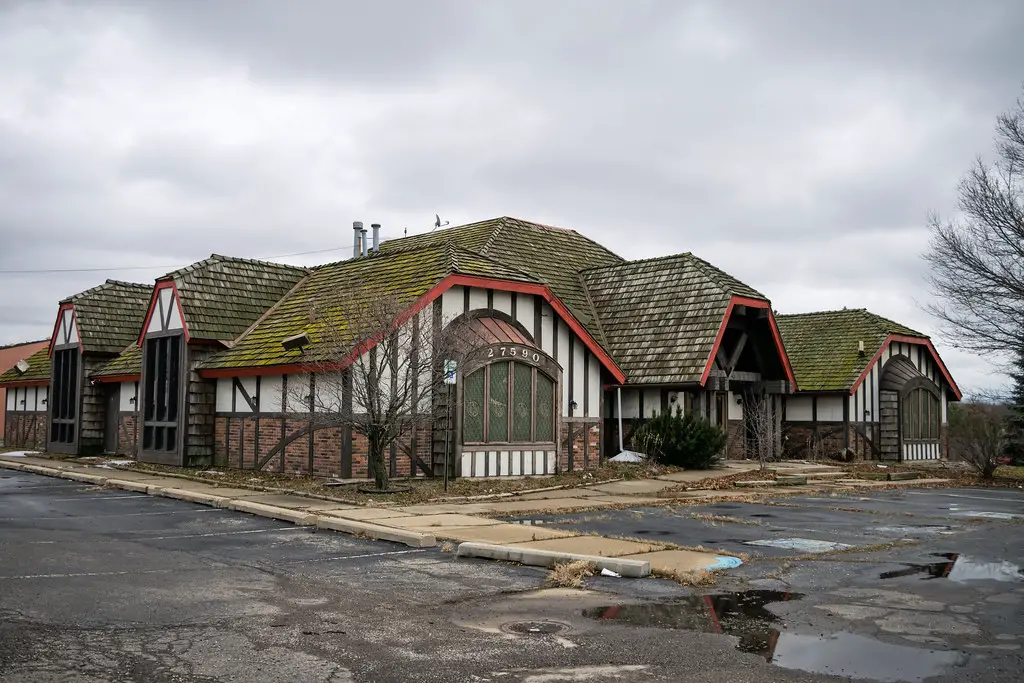
For those who wanted a slightly fancier dinner without breaking the bank, Steak and Ale was the answer in the ’70s and ’80s. It offered affordable steak dinners, salad bars, and cozy, dimly-lit interiors—perfect for date nights and special occasions. Founded by Norman Brinker, who also launched Chili’s, Steak and Ale revolutionized casual dining before falling victim to stiff competition from Outback Steakhouse and other chains. By 2008, the last remaining locations had closed, though occasional revival efforts have been discussed. If you ever enjoyed their marinated steaks or buttery rolls, you’re part of its devoted fanbase.
8. Arthur Treacher’s Fish & Chips
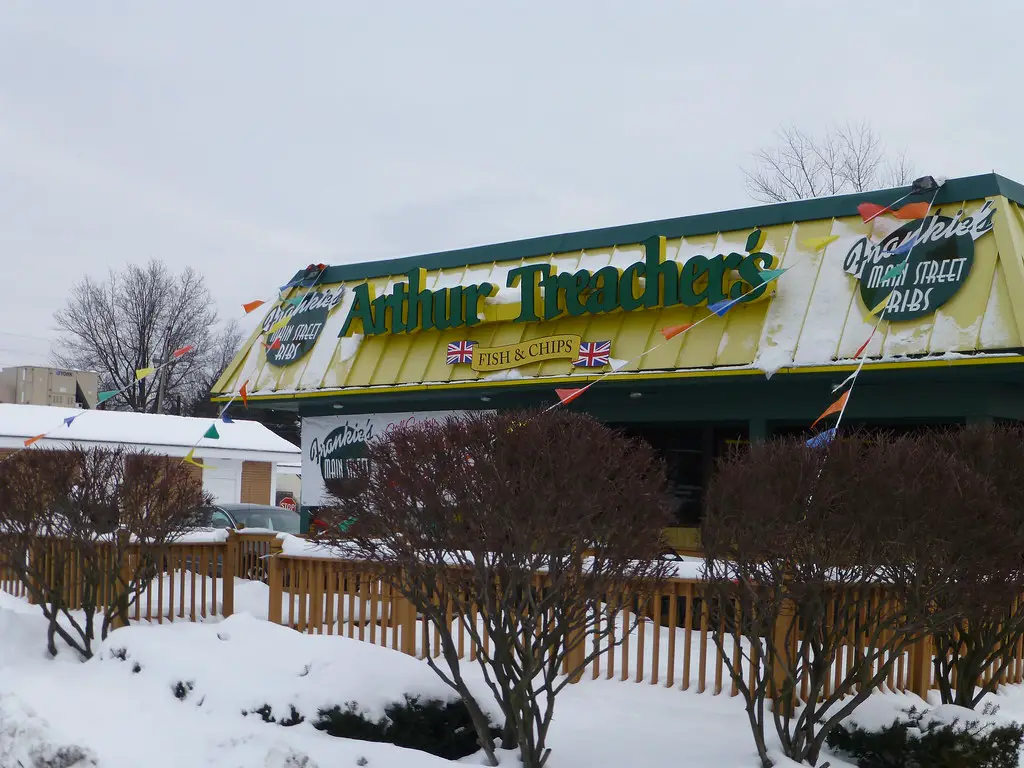
At a time when fried fish was a novelty in the U.S., Arthur Treacher’s brought authentic fish and chips to the masses in the ’70s. Named after a British actor, the chain became hugely popular with its crispy battered fish and golden fries served in newspaper-like wrappers. At its peak, there were hundreds of locations nationwide. However, the rise of fast-food giants like McDonald’s and Long John Silver’s led to its decline. Today, only a handful of Arthur Treacher’s locations remain, primarily in Ohio. For fans, its unique fish fry remains unmatched.
9. Bonanza Steakhouse
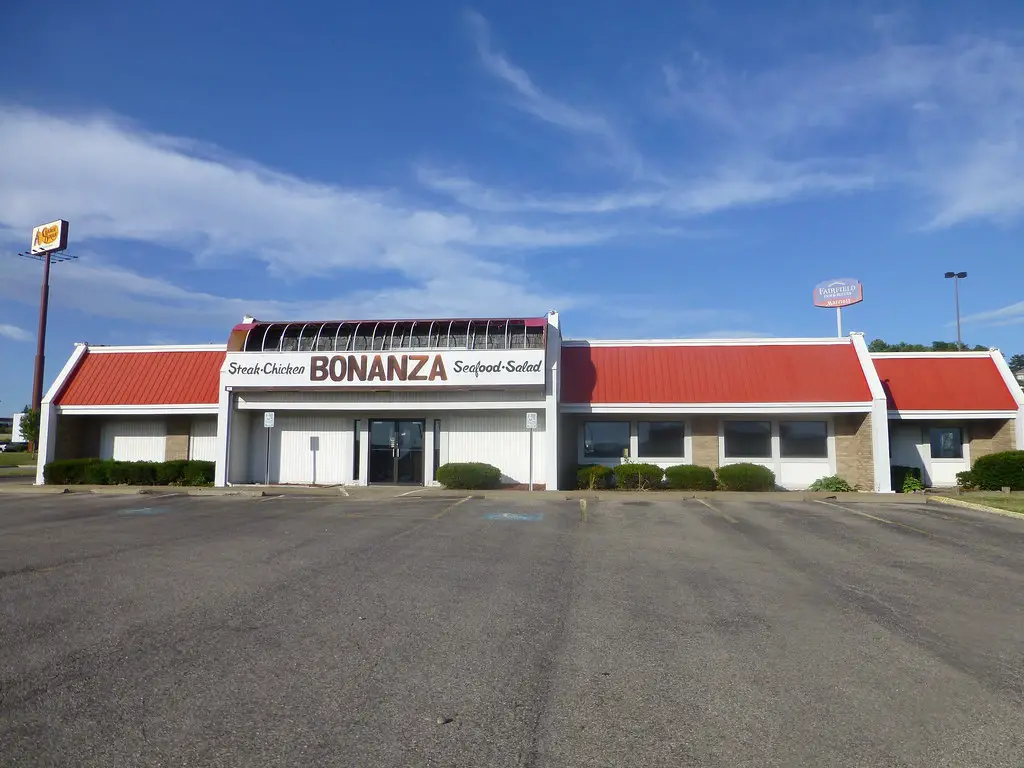
Founded in the ’60s, Bonanza Steakhouse was a haven for affordable steak dinners and hearty buffets. Named after the hit Western TV show Bonanza, it appealed to families and budget-conscious diners looking for big portions. By the ’80s, Bonanza faced stiff competition and merged with its sister chain, Ponderosa. While a few Ponderosa-Bonanza hybrids still operate, the original Bonanza name has mostly disappeared. Those who grew up eating at Bonanza likely remember the sizzling steaks, bustling buffets, and rustic charm that made it a standout.
10. Ponderosa Steakhouse
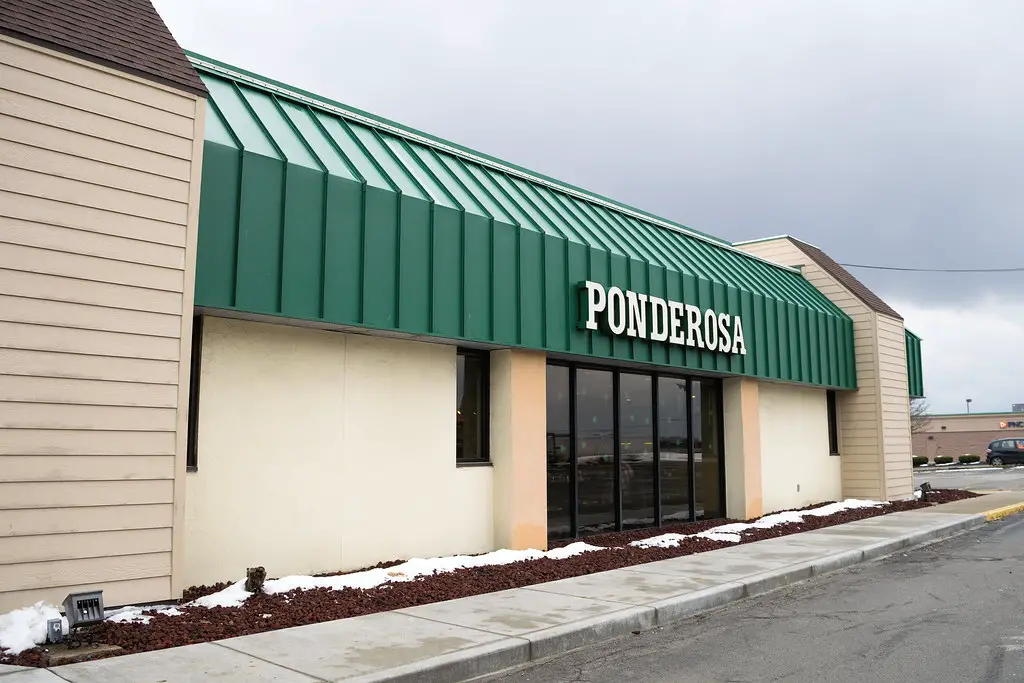
A close cousin to Bonanza, Ponderosa Steakhouse was another buffet-and-steakhouse hybrid that dominated the dining scene in the ’70s and ’80s. Known for its endless salad bars, steak dinners, and family-friendly atmosphere, it thrived for decades. Over time, changing dining habits and competition from all-you-can-eat competitors like Golden Corral took their toll. While a few Ponderosa locations still operate today, it’s a far cry from its glory days. If you were lucky enough to fill your plate at a Ponderosa buffet, you’ll remember its unbeatable value.
11. Morrison’s Cafeteria
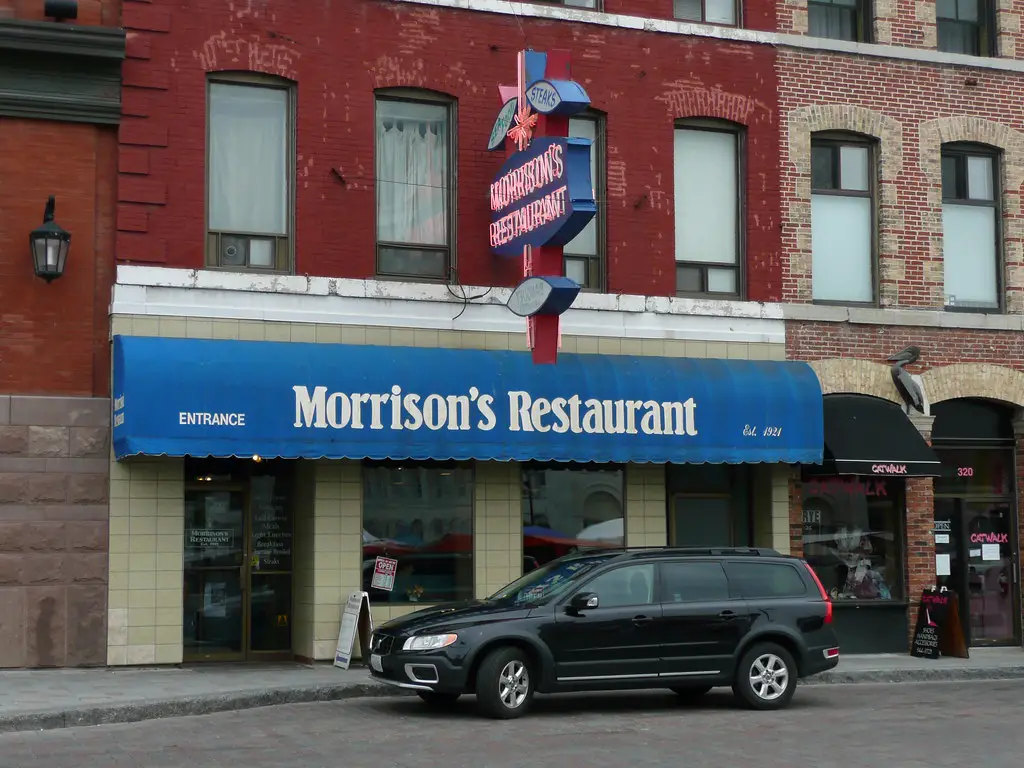
For Southern families, Morrison’s Cafeteria was the epitome of comfort food dining. Established in the early 1900s, it became a staple across the South, serving up dishes like fried chicken, mac and cheese, and fresh-baked rolls in a cafeteria-style line. By the ’90s, casual dining trends and competition from fast food led to its decline. Most Morrison’s locations were converted into Piccadilly Cafeterias. While the Morrison’s name has largely faded, its legacy as a Southern comfort food icon remains.
12. Bill Knapp’s
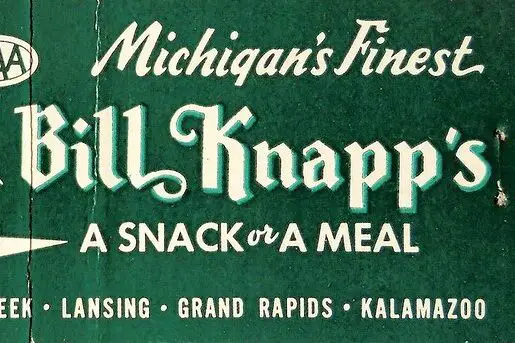
A Midwest favorite, Bill Knapp’s was beloved for its homestyle meals and family-friendly atmosphere. Known for comfort food classics like fried chicken, pot roast, and chocolate cakes, it also offered birthday discounts based on your age—turning 60? You’d get 60% off! Unfortunately, as tastes shifted toward fast-casual and fast food, Bill Knapp’s couldn’t keep up. By the early 2000s, the chain had closed its doors, though its famous chocolate cake can still be found in select Midwest stores.
13. Bob’s Big Boy
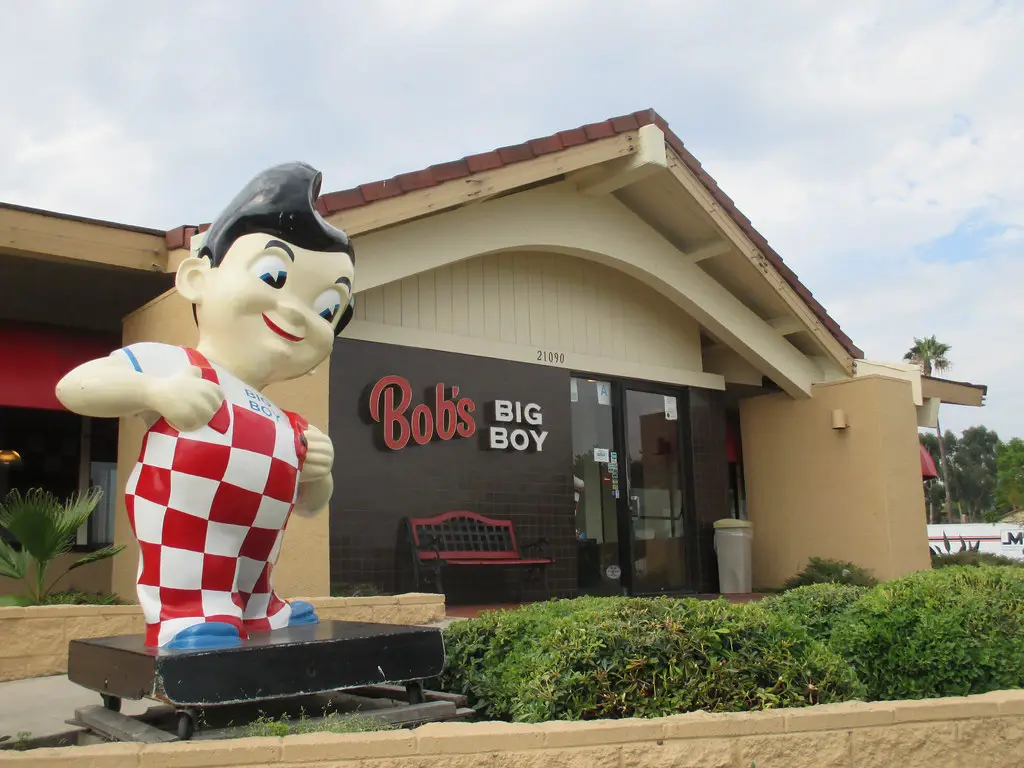
With its iconic statue of the chubby-cheeked boy holding a double-decker burger, Bob’s Big Boy was a pioneer of American diners. Founded in 1936, it became a cultural staple, especially on the West Coast, where it attracted celebrities like The Beatles and David Lynch. At its peak, there were hundreds of locations nationwide. Today, only a few Bob’s Big Boys remain, primarily in California and Michigan. For those who remember, Bob’s Big Boy represents a bygone era of diners, jukeboxes, and classic American comfort food.
14. Naugles
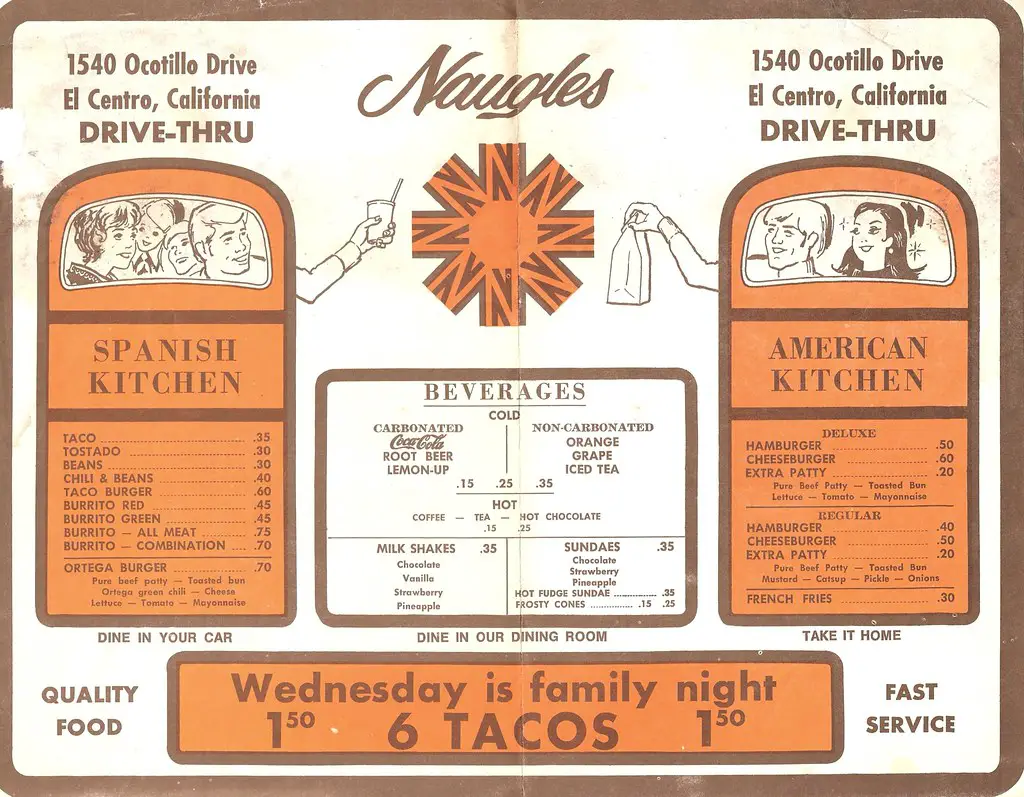
In the early days of fast Mexican food, Naugles gave Taco Bell a run for its money. Known for its generous portions of tacos, burritos, and the beloved “Macho Nachos,” Naugles was a favorite in Southern California. The chain was founded in 1970 in San Bernardino by a man named Dick Naugle. It expanded rapidly, becoming a staple of the Southern California fast food scene. Naugles was known for its unique flavor combinations, with an emphasis on quick, flavorful, and affordable food.
15. Bennigan’s
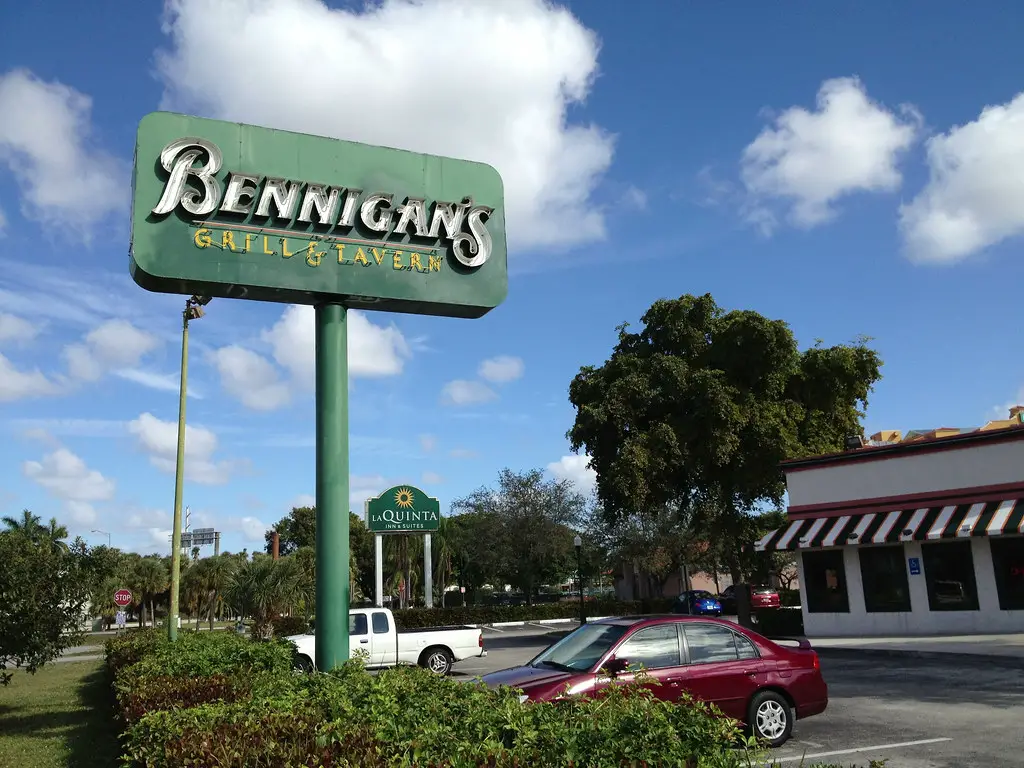
Bennigan’s was one of the original Irish-themed pub restaurants that dominated the casual dining scene in the ’80s. With its cozy booths, hearty sandwiches, and signature Monte Cristo (a fried ham and cheese sandwich dusted with powdered sugar), Bennigan’s stood out in a crowded market. At its height, you could find Bennigan’s in almost every mid-sized city. However, stiff competition and financial troubles forced most U.S. locations to close in the late 2000s. While a handful of international outposts remain, Bennigan’s has become a rare sight for American diners.
